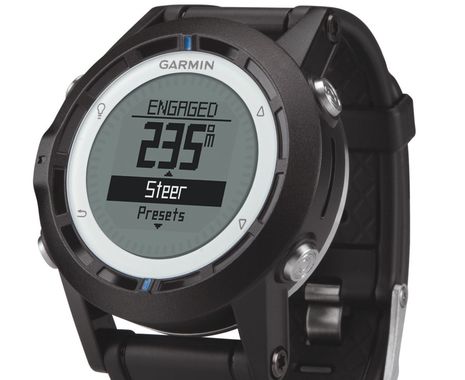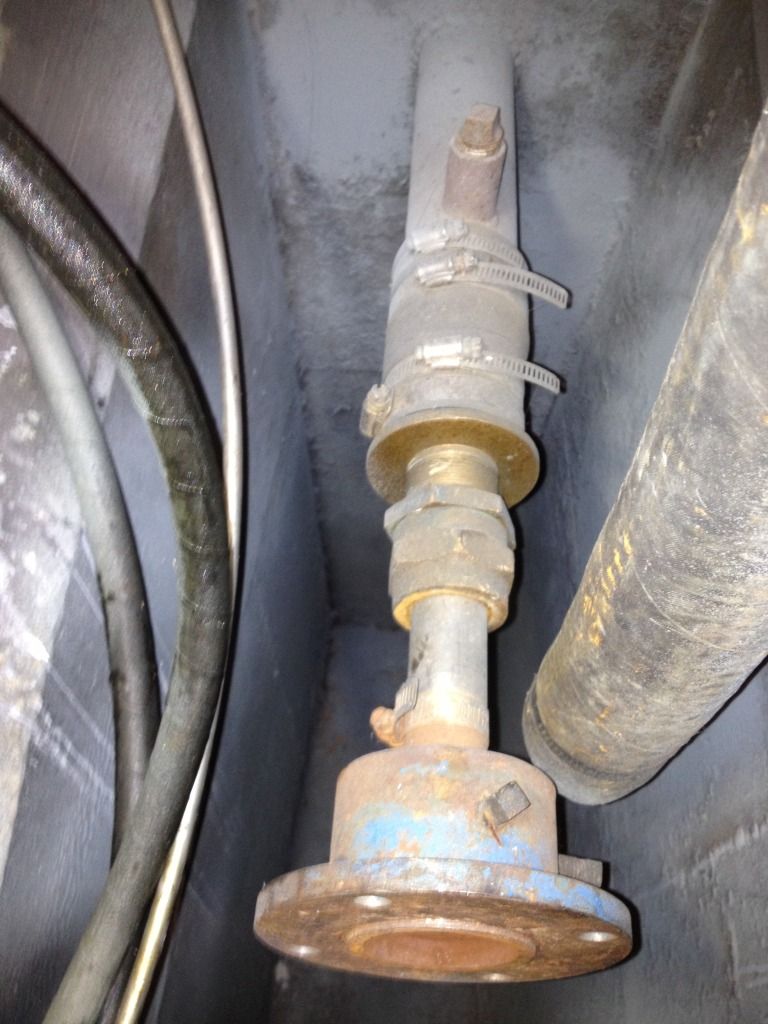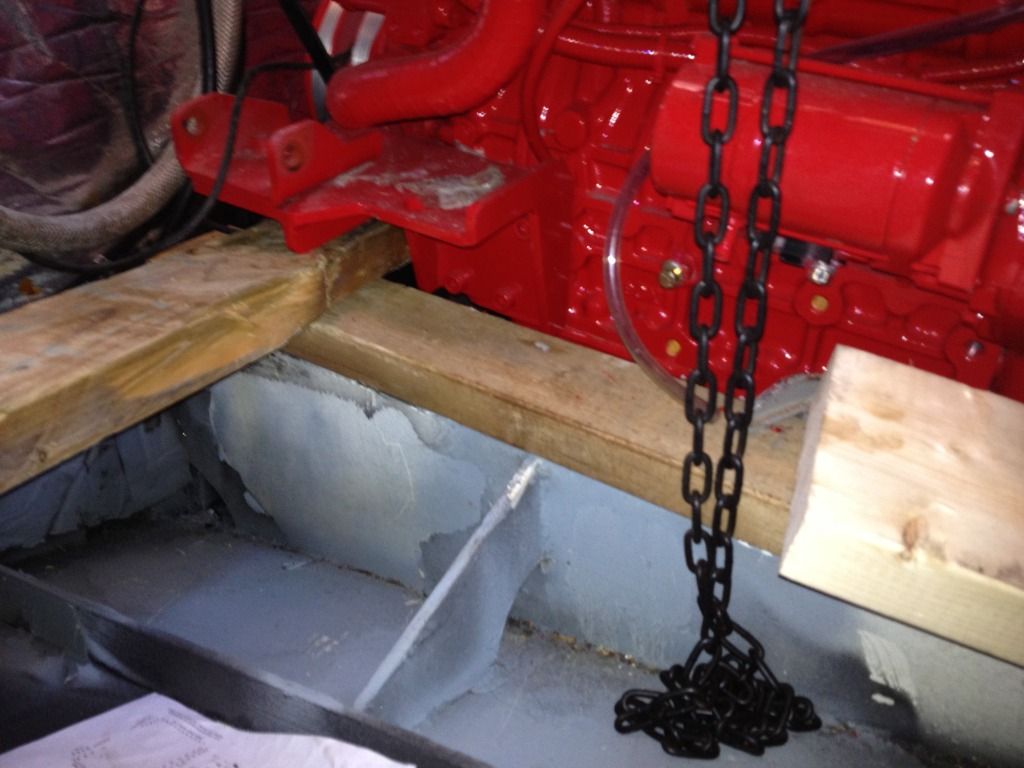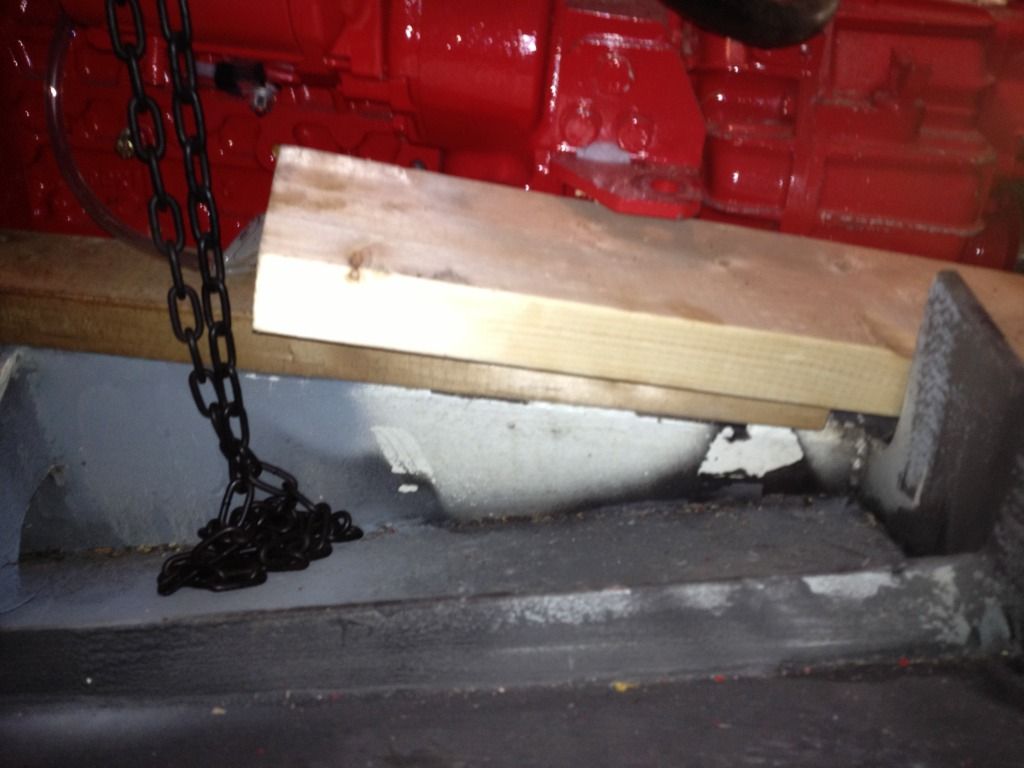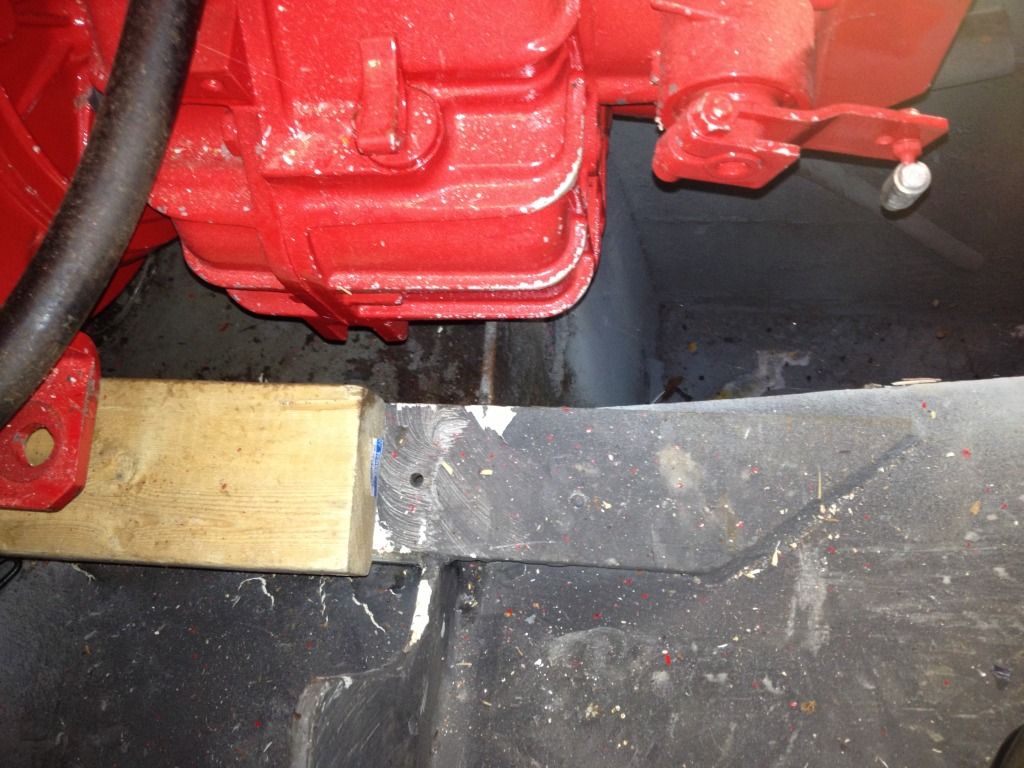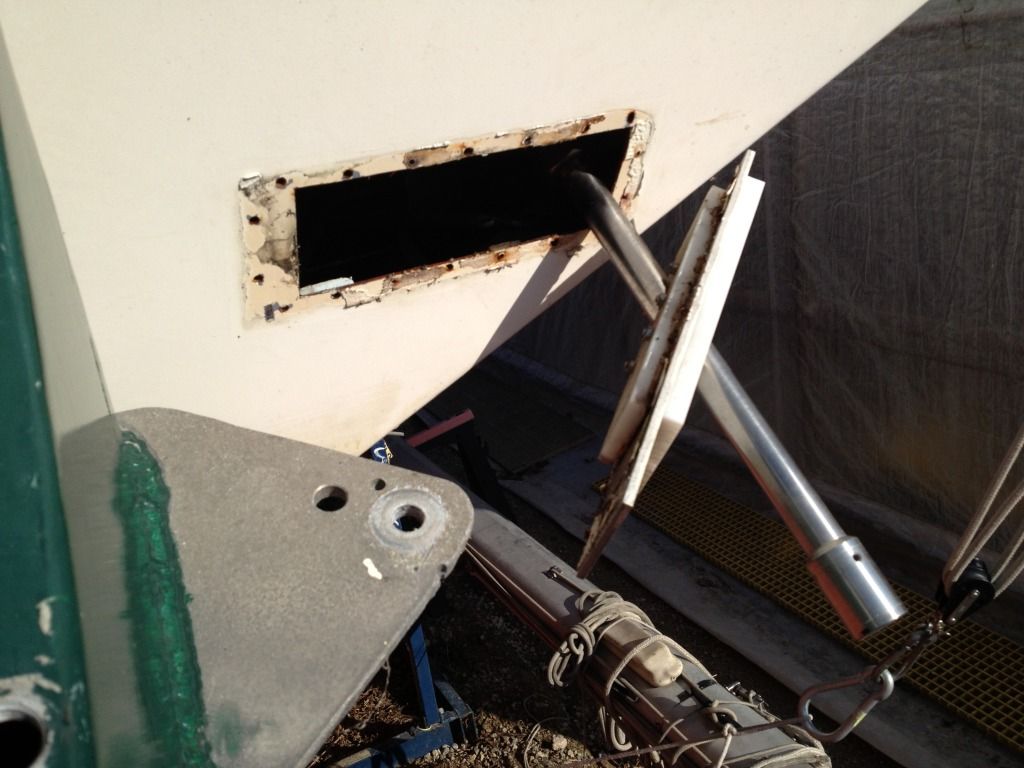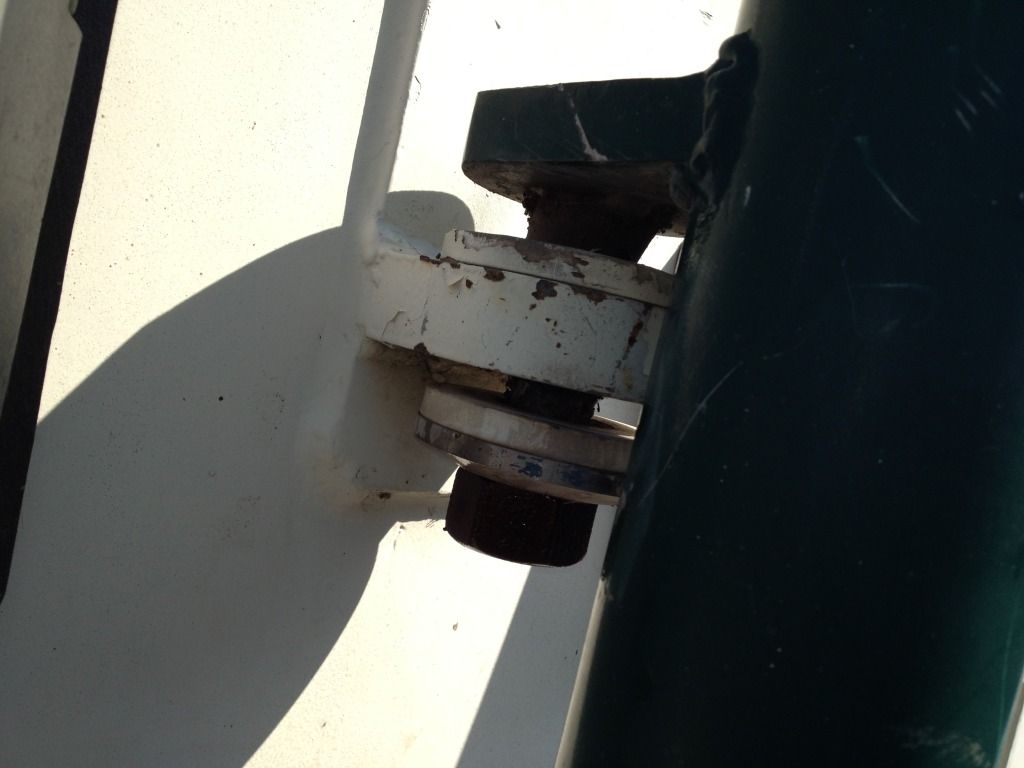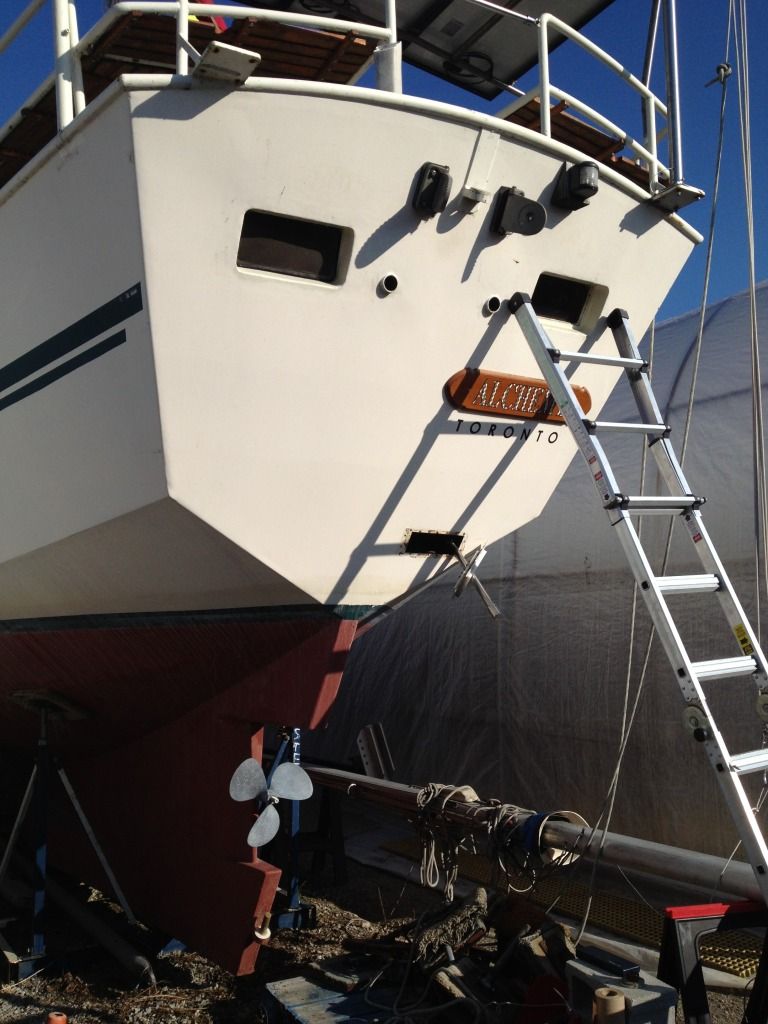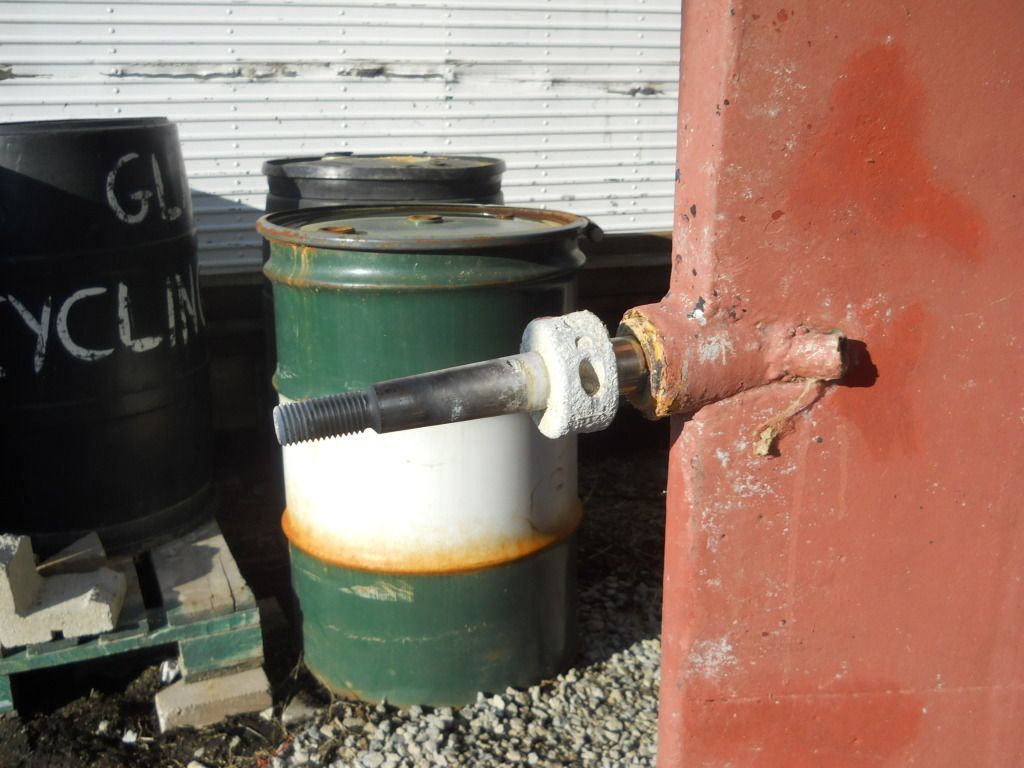 |
| Pretty spiffy...and another metal boat! |
The 40 Rules are listed here, and I won't swipe content to such an extent as to cut and paste them all. You may read them and evaluate/apply them as you see fit. But I will, in the interests of better cruising, comment on a few of John's lucid points, which are drawn from many years and over 100,000 NM of voyaging. I will also encourage readers, at the risk of leaving off this blog, to explore that of Mr. Harries. It's very large, but amenable to browsing. It's safe to say that any "rule" I don't comment upon represents a near-total endorsement of the philosophy espoused.
Thanks to John Cangardel for sending me the link.
Rule 3: Don’t install anything new for 12 months before a long voyage.
- This is not always possible, but if you follow Rule 4's injunction to do a "real shake down", but in home waters, you can break stuff and then get it shipped and serviced in your own language, and if necessary, currency.
- I would say this particularly applies for exterior wood, which I like to keep down to, say, the drinks tray. My friend Alex applies the special "Nothing" treatment to his silvery grey teak decks on his 40-foot racer and likes the result. I have to concur.
Rule 8: Never ignore a strange noise.
- Perhaps it's because I've been near-sighted since I was a child, and (so far) retain good hearing (I get tested as I've had a few deaf relatives), but I sail with eyes AND ears. Even a small sound will alert me to potential trouble and I have enough of what I call "sailor's OCD" to want to track it down. Your ears stand watch when your eyes are closing, or so I've found.
- I would add "a nav table" as well, but that might lead to a rant involving the absence of positive floor hatch locking on modern production boats and I dislike late-night mouth foaming.. The rule of thumb is "cruising is boat repair in exotic places", and for that, you need a few square feet of sturdy bench top, a strong light and secure tools, preferably sprayed with anti-rust stuff of your choice. See my previous post on stowage, tools and The Conquest of Stuff. Let's just say with the first seven feet of the boat being a well-equipped workshop, I feel good about the concept of Where the Skipper Goes to Bash Things.
 |
| Parts no longer made, but can be made from parts |
- I have to debate this just a touch. I've hauled out and replaced/repaired/rebuilt three Atomic 4 gas inboards. They stopped making them in my early 20s, 15 years before I even got my first boat. Parts are no longer made explicitly, but there is a thriving aftermarket in equivalent gear (mainly NAPA stuff, old Chevy parts and stock accessories for elderly tractors) and I can cut gaskets and fashion shims. I also have a sideline in reconditioned Atomic 4 parts (I've made $300 over the years for alts, oil pans and other obscurities). I prefer to carry a newer spare and/or duplicate a part or (these days) device. For instance, I have a functioning fluxgate compass, a venerable KVH AC 103. It works. I'm not going to chuck it unless it breaks. Because I dislike the Star Trek approach to MFDs, integration and proprietary linkages, and because I have a dry pilothouse, I will see if I can use it until it dies. I approve of spares and drop-ins and will carry loads of 'em, but I don't feel the need to update old, functional equipment if it performs well and I can fix it.
Rule 26: Do routine maintenance yourself. You will see problems developing before they get critical. Rule 27: Delegate the grunt work—bottom painting comes to mind—so you can focus on the important stuff.
Rule 28: Delegate highly skilled tasks you don’t do often.
- These three are interlinked and I couldn't agree more. I would add, however, that sometimes if you are hiring someone to do the highly skilled tasks, that it's a great opportunity to do the grunt work, because "grunt" doesn't mean "indifferently accomplished". Also, "grunt" and "routine" overlap, so you will spot things if you do jobs that cycle slowly.
- I have saved money when hiring general contracting, which I would half-ass due to ignorance, by being the guy hauling the tools, the ladder and the lumber/shingles/bags of cement. You can see the job the pro is doing without "supervising". They are pros, ostensibly, and you hovering is a waste of two persons' time. Go paint the boat, polish the binnacle or coil rope. Make the area clean and easy for the pro, and ask a few questions. Be a good, humble client, and learn as he/she earns.
Rule 34: For couples: Split up the skills that you need to be good at between you. Aspiring to both be equally good at everything (like the magazines tell you to) is BS, a waste of time, impossible, and sets you up for acrimony.
- True, but it is also a reality that if the "expert" goes down, the "survivor" must make port regardless. An example is coming up: I am in the middle of installing a new diesel. I have a fair bit of experience by now with boat engines and plenty of thumb-printed Big Books of Diesel Fixin'. A diesel course is coming up at the club. My wife has a biology and a teaching degree, and years of quasi-vet animal care and first aid experience. A Red Cross certificate course is coming up at the club. The solution: I'm taking the medical course and she's taking the diesel course. She is ignorant of engine mechanics and I got a badge in Cubs decades ago on how to rig a sling. We need to go 30/70 on our opposing skills sets, not 10/90. So we are going to shoot for the basics of each others' "designated areas of responsibility as engineer and ship's doctor. It'll be a Good Thing.
 |
| Rum won't fit in there! |
Rule 39: Two things that should never be connected to the battery are the sails and the crapper.
- I've been on and admired boats with electric heads and electric winch assist, pressure water, etc. But I've chosen a vacuum head (Lavac) operated with a medieval=looking pump, and my solution to the problem of halyard and sheet handling was to buy a smaller boat with bigger winches. It's a steel boat going into salt water. Our reliance on electricity will be "somewhat", but visibly less than most modern boats. That's a choice I don't expect to regret, and I can always change it later on...there's the old Flojet pump around in a box somewhere. Fine for the dock, I'm sure. But much of the time, it'll be foot pumps, hand pumps and bog pumps. Even the "last resort bulge pump", a massive and apparently never used Patay underdeck pump, is hand-operated. I have found that the assumption that something will happen at sea when a switch is flipped to be, if not false, not to be relied upon exclusively, and Plan Bs should rate higher than a bucket plus fear.
 |
| If a pump can possess beauty, this one is Scarlett Johansson's backside. |
